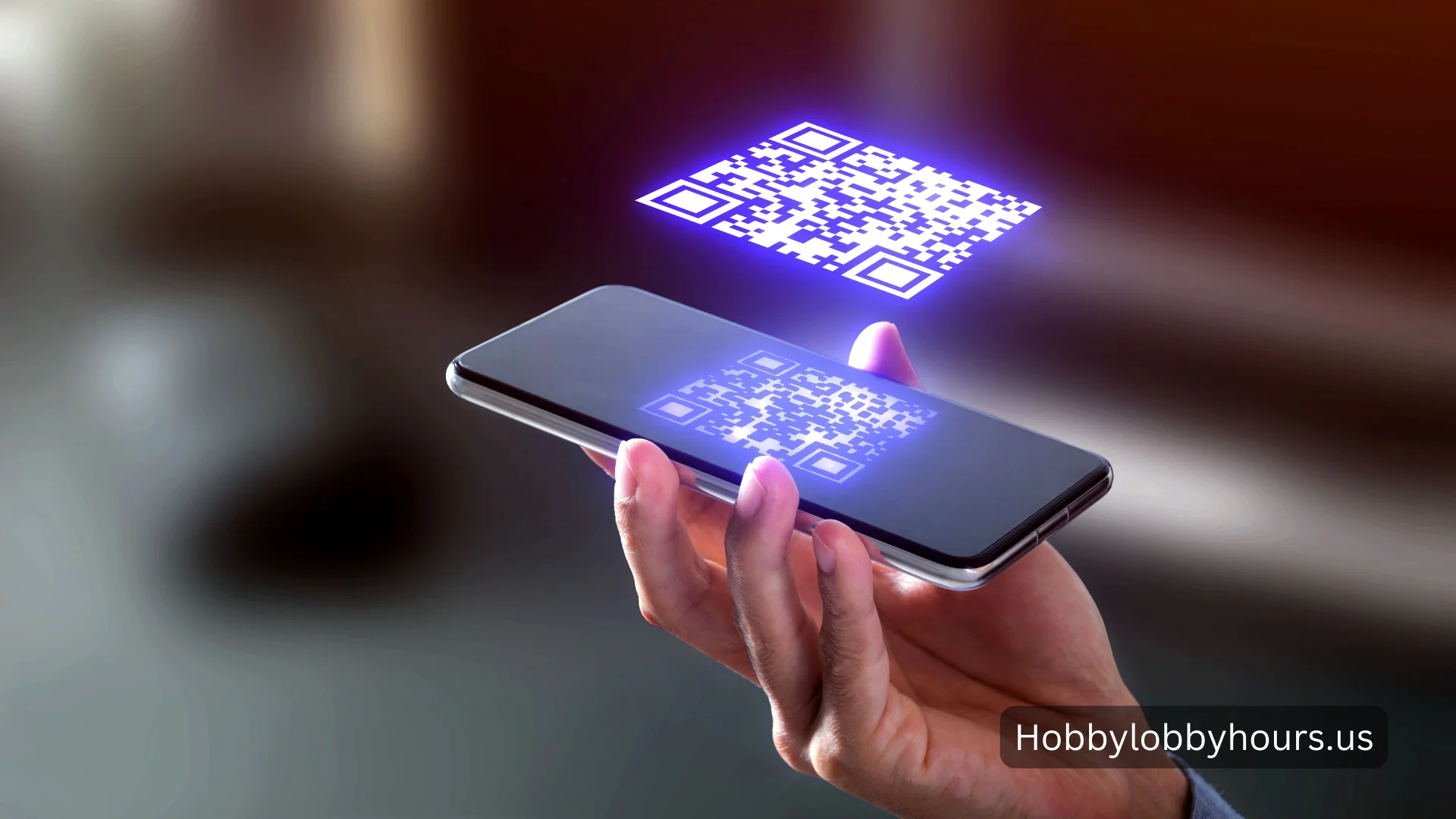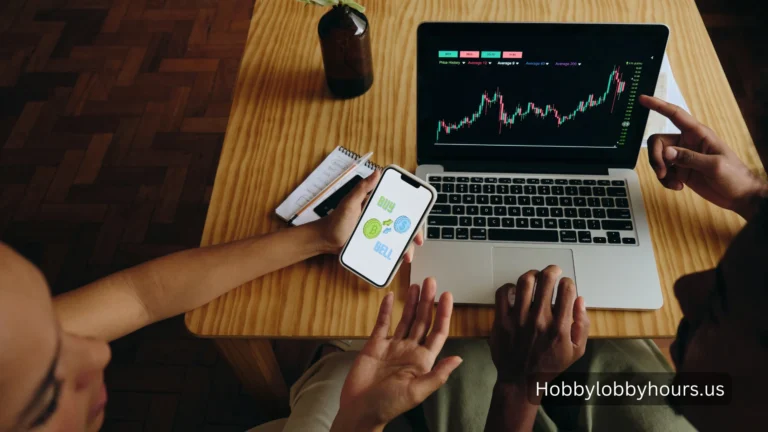How to Turn a Link into a QR Code
QR codes are taking over the world—and fast! Did you know 59% of respondents think QR codes are here to stay as part of mobile phone usage forever? No wonder. They’re so easy to use, just point the camera of your smartphone and tap to the pop up link. Industries like marketing, retail, hospitality and even healthcare are using QR codes in their business processes to speed up web source engagements.
If you’re reading this, you’ve decided to harness the power of QR codes so let’s get to it, here’s the short guide on how to turn a link into a QR code, what type of QR code to choose, expert design tips and placement ideas. Let’s go!
Image from Freepik
Turn a Link into a QR Code
Turning a link into a QR code is quite a simple process that takes up 3 minutes. Here’s how:
- Choose a QR Code Generator
There are many QR code generators out there, just pick the one that suits you and your budget. - Choose a Static or Dynamic QR Code to Generate
If you still don’t understand the difference between a static or dynamic QR code and what type to choose, keep reading, and we will explain the difference. - Choose the type of QR code, which could be referred to as a Web/ Link/ URL or Website QR Code.
- Paste the Link(s) You Want to Encode.
- Customize the QR Code (Optional)
Many QR code generators allow customization, like changing colors, adding logos or choosing a different shape. Customization makes the QR code more attention grabbing and brandable. - Make a QR Code
Click “Generate QR Code” and Download in a suitable format (e.g., PNG, SVG). - Test if the QR Code Works Correctly
Before using the QR code, scan it with your smartphone to make sure it is scannable and go to the right link.
What Type to Choose to Make a QR Code for a Link
When turning a link into a QR code, you need to know the options available. Each type serves a purpose and has varying degrees of flexibility.
Static QR Code
A static QR code has a fixed URL embedded in it. Once created, it can’t be edited or changed.
Pros:
- Easy
- Free
- Good for non-changing content like a website homepage or contact details.
Cons:
- If the link changes, the QR code is useless.
Dynamic QR Code
A dynamic QR code allows you to change the URL or content behind the code without changing the code itself.
Pros:
- Editable.
- Provides analytics, like scan count and location.
- More professional and scalable.
Cons:
- Often requires a subscription or paid service.
Single-Link QR Code
A single-link QR code goes to one URL. Good for simple use cases like a product page, event RSVP or social media profile.
Multi-Link QR Code
A multi-link QR code lets users choose from multiple links after scanning. Usually goes to a landing page with multiple options. Good for scenarios where users might need multiple resources, like:
- A menu in multiple languages.
- A company’s website, social media profiles and contact form.
Also check: Personalized Content Creation with AI
Practical Tips When Turning a Link into a QR Code
1. Choose the Right QR Code Type
- Use dynamic QR codes if the link will change or you need analytics.
- Use static codes for short term or non-changing campaigns.
2. Download a QR Code Image in High Resolution
- Download the QR code in high quality.
- Test it on different devices to make sure it’s readable.
3. Customize Wisely
- Use colors and branding to make the QR code attention grabbing.
- Avoid color combinations that reduce contrast and make the code hard to scan (e.g., light colors on a light background).
4. Don’t Overdo it
While customization is good, too much complexity makes the QR code hard to scan.
5. Add a Context
- Add a call-to-action (CTA) near the QR code to encourage users to scan it. For example:
- “Scan to Learn More”
- “Scan to View Our Menu”
6. Test, Test, Test
- Make sure it works on multiple devices and from different distances.
Where to Put QR Codes with Links for Better Visibility and Engagement
Placing QR codes correctly is key to getting them scanned and used. Consider these locations:
1. Printed
- Business Cards: Link to your website or social media profile.
- Flyers and Posters: Codes for event details, promotions or product catalog.
- Brochures: Link to additional online resources or videos.
2. Retail
- Product Packaging: QR code with link to web page for more product info or link to instructional videos.
- Storefront: QR code on windows to bring in walk-ins and share promotions.
3. Digital
- Email Signatures: QR code to your portfolio or booking page.
- Social Media: Add QR code to profile banners to link to your website or campaigns.
4. Event
- Event Badges: QR code for contact details or session schedule.
- Banners and Signage: Large QR code to link to event highlights or map.
5. Public
- Billboards: Make sure the QR code is big enough to scan.
- Transportation: Buses, trains, taxis for maximum exposure.
6. Packaging and Takeaways
- QR code on takeaway containers to link to your app, website or survey.
Bottom Line
Turning a link into a QR code is like opening a door to instant digital access! Scanning a QR code with your camera app is quick, easy and super simple. Now you know what kind of QR code to use, best practices for creating QR codes that work and where to put them. Now go QR!








